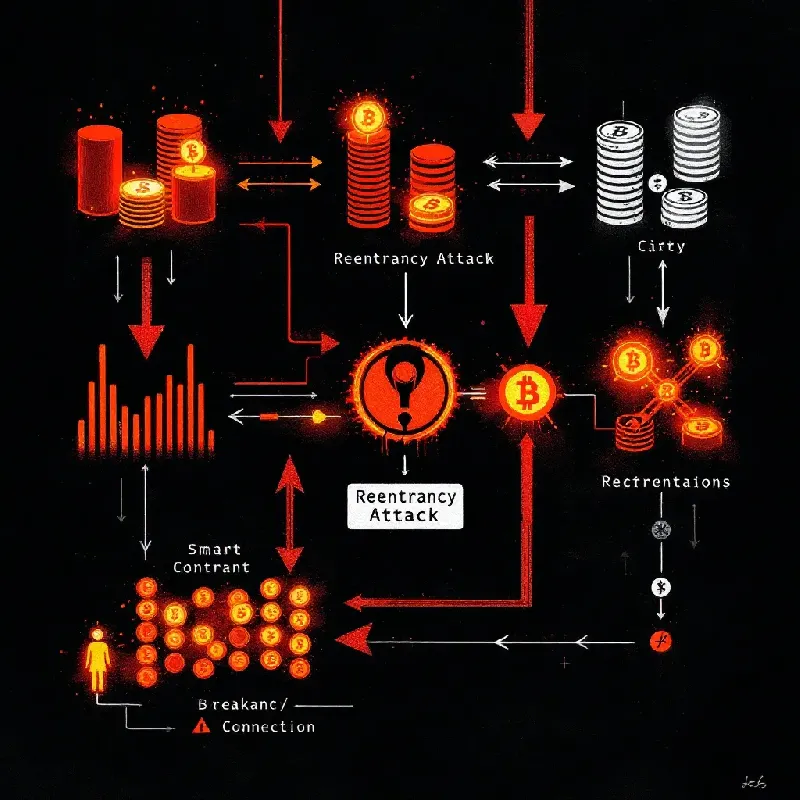Reentrancy Attack in Smart Contracts: What You Need to Know

A Reentrancy Attack is one of the most infamous vulnerabilities in Ethereum smart contracts. It occurs when a contract makes an external call to another contract before updating its internal state. This opens a dangerous loophole,allowing the called contract (which could be malicious) to re-enter the original function and repeat the same call multiple times before the state is correctly updated.
In simple terms:
Imagine someone repeatedly withdrawing money from an ATM because the machine didn’t update their account balance fast enough—that’s essentially how a reentrancy exploit works.
What Are the Impacts of a Reentrancy Attack?
1. Fund Drainage
The most critical consequence is the complete depletion of contract funds. Since the contract hasn’t updated the user's balance yet, an attacker can call the withdrawal function again and again, siphoning off funds until the balance hits zero.
2. Unauthorized Function Executions
The attacker may also trigger unintended function calls within the contract or related systems. This could lead to data corruption, loss of control, or cascading security breaches in more complex decentralized applications.
How to Prevent Reentrancy Attacks
✅ 1. Change Contract State Before External Calls
Always update internal variables and balances before calling external contracts. This practice ensures that, even if the external call triggers a fallback or recursive call, the contract is already in a safe state.
solidity
// BAD PRACTICE call.value(amount)(); // sending funds first balances
✅ 2. Use Reentrancy Guards
Libraries like OpenZeppelin’s ReentrancyGuard offer a reliable and battle-tested way to prevent multiple entries into the same function:
solidity
import "@openzeppelin/contracts/security/ReentrancyGuard.sol"; contract SecureContract is ReentrancyGuard { function withdraw(uint _amount) public nonReentrant { require(balances
This nonReentrant modifier ensures the function cannot be called again before the first call finishes execution.
With AuditLensPlus, you can uncover vulnerabilities in your smart contracts quickly and cost-effectively, empowering you to take the right steps toward more secure and robust code.
Final Thoughts
Reentrancy attacks are not just theoretical,they’ve caused millions of dollars in losses, most notably in the infamous DAO hack of 2016. However, with proper coding practices and awareness, developers can significantly reduce the risk of such exploits.
When building on Ethereum or any EVM-compatible blockchain, security should always come first,especially when handling user funds.
Our Solution:
References:
OWASP Smart Contract Top 10 - Reentrancy Attacks
SWC Registry - SWC-107







